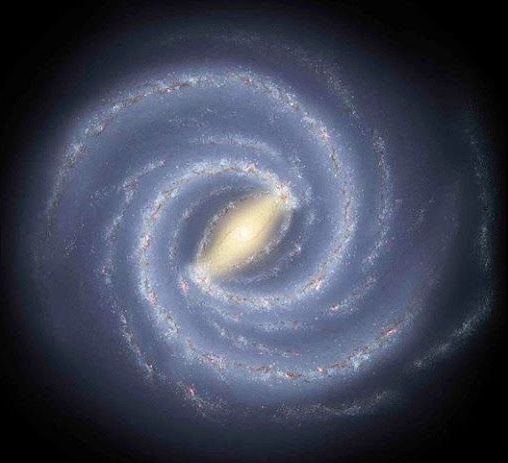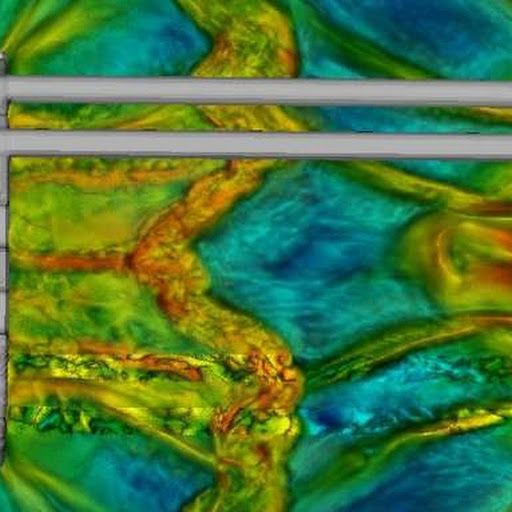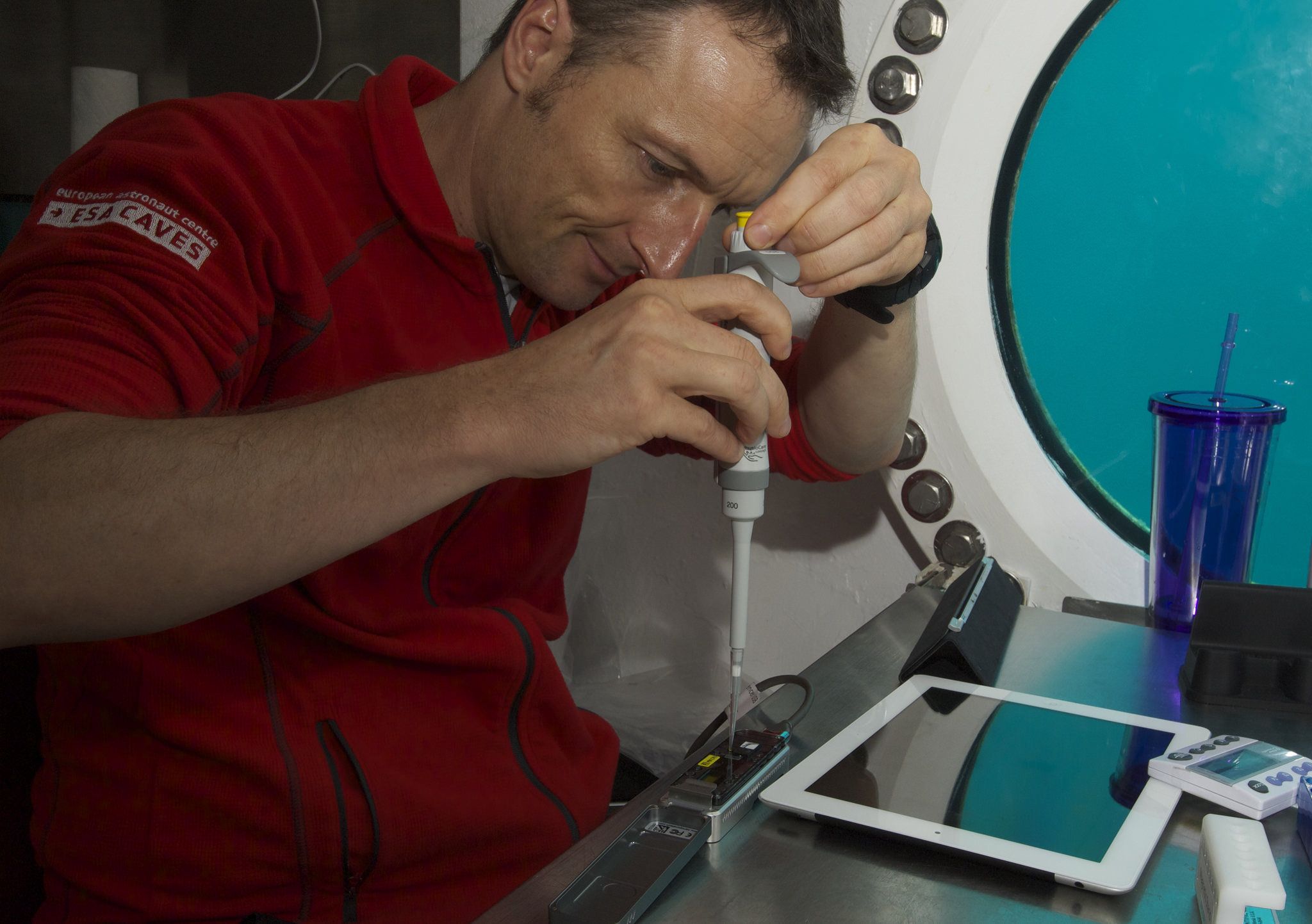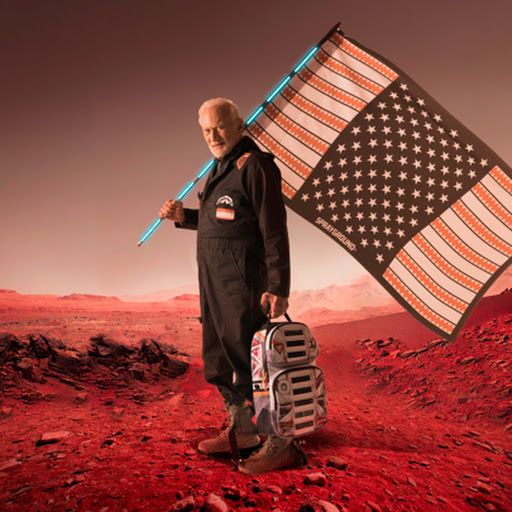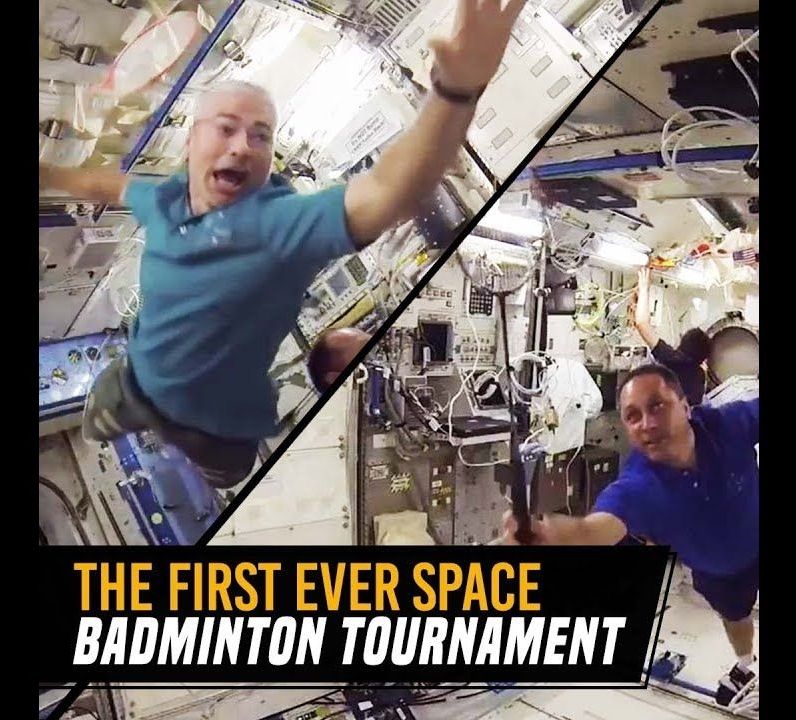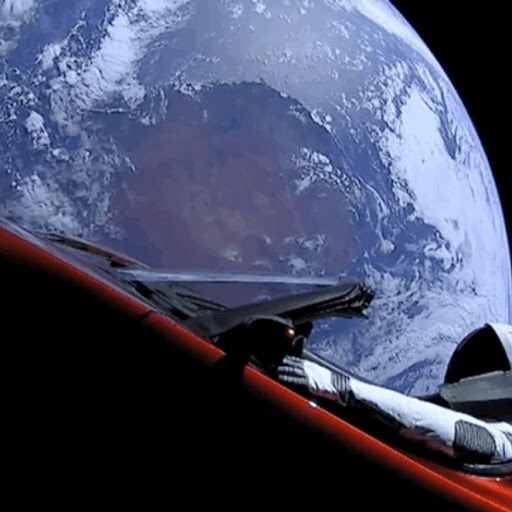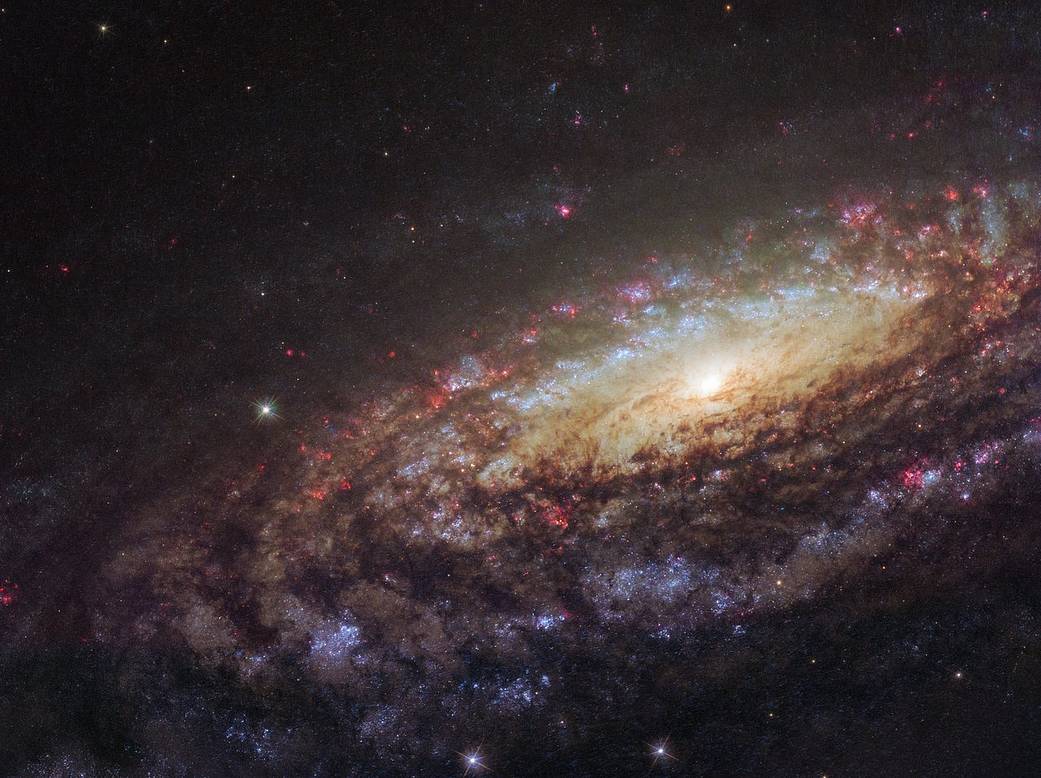Using a jet of radio waves, astronomers have begun to map the other side of the Milky Way. Within 10 years we could have a complete map of the entire galaxy.
Category: space – Page 955
If humans are destined for deep space, they need to understand the space environment changes health, including aging and antibiotic resistance.
A new NASA project could help. It aims to develop technology used to study “omics”—fields of microbiology that are important to human health. Omics includes research into genomes, microbiomes and proteomes.
The Omics in Space project is being led by NASA’s Jet Propulsion Laboratory in Pasadena, California. The project was recently funded by NASA’s Translational Research Institute for Space Health four years of study. Over that time, NASA hopes to develop 3D printable designs for instruments on the International Space Station (ISS), that can handle liquids like blood samples without spilling in microgravity. These tools could enable astronauts to analyze biological samples without sending them back to Earth.
Really wish we were already interplanetary travelers.
Two scientists in spacesuits, stark white against the auburn terrain of desolate plains and dunes, test a geo-radar built to map Mars by dragging the flat box across the rocky sand.
When the geo-radar stops working, the two walk back to their all-terrain vehicles and radio colleagues at their nearby base camp for guidance. They can’t turn to their mission command, far off in the Alps, because communications from there are delayed 10 minutes.
But this isn’t the Red Planet — it’s the Arabian Peninsula.
“This NASA/ESA Hubble Space Telescope image shows a spiral galaxy known as NGC 7331. First spotted by the prolific galaxy hunter William Herschel in 1784, NGC 7331 is located about 45 million light-years away in the constellation of Pegasus (the Winged Horse). Facing us partially edge-on, the galaxy showcases its beautiful arms, which swirl like a whirlpool around its bright central region.”
